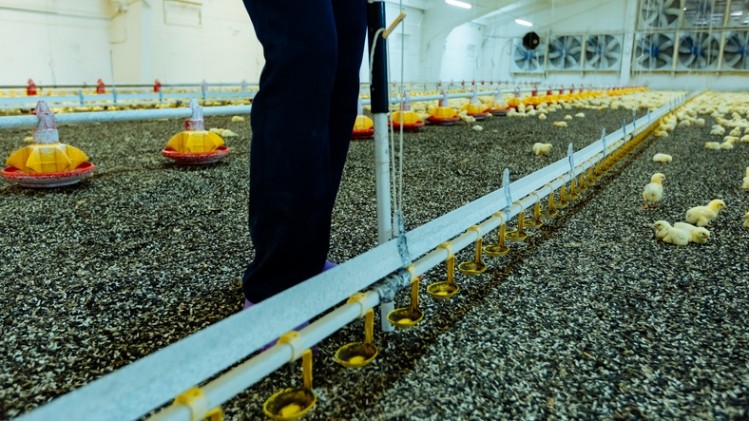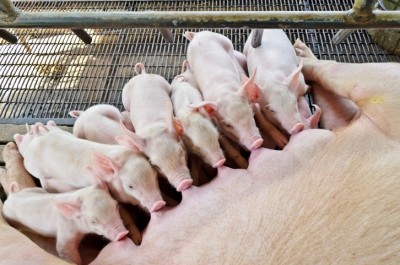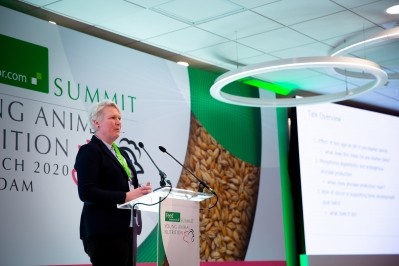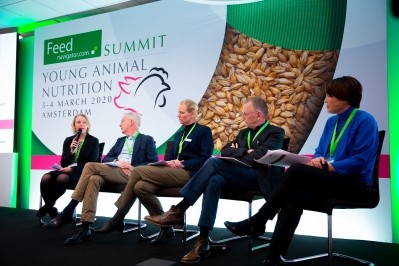The money is in bird uniformity, says a contract broiler farming expert

“It is about optimizing the environment but also stimulating the birds, to get them up and get them feeding but getting them all doing it, so we don’t have a uniformity issue. For us, the money is made in uniformity and that comes from managing early feeding. You want every bird to have a good start, not just 90% of them," he told us.
Beginning with the one farm of 160,000 broilers in 2004, Speller has built a business that today is contract farming multiple sites and is now farming 1.6M birds at any one time. From the start, he has adopted new thinking to existing challenges and he is now recognized as one of the world’s leading authorities on poultry technologies and digital solutions.
In addition to farming poultry, he and his team at Applied are involved in extensive research and innovation projects both in the UK and internationally, ensuring that innovation and new thinking remains at the core of his business. Current projects are focused on early disease detection, microbiome management and in shed robotic platforms.
Optimized environments
At YAN20, in Amsterdam, Speller will offer insights into the difference optimized environments and modern facilities versus non-modern units can make on the nutritional demands of birds and on the level of challenge for the broiler farmer.
The industry expert will share his learnings about feed formulation and intake of birds early on.
“From our point of view, even things like how long the feed has been out on the floor, and whether any remaining moisture in that crumb has actually evaporated away because it has been lying on the floor for three days in a warm climate, for example, will affect intake as much as actual content of the feed.”
Speller has been doing a lot of work with clients in terms of how they might go about meeting the demands of the chicken processing plants, such as a predictable weight for age, while ensuring bird uniformity.
“Historically, five years ago, the idea was to keep the lights on, push them hard, keep them moving, make sure they are eating and try and hit 210 grams at seven days. Whereas now, we are not, we are almost holding back some birds, we are introducing a little more of darkness earlier on than we normally would have done, while still hitting weight for age and achieving uniformity."
Post-hatch nutrition has become an increasing focus for Speller and his team: “On some of my own farms, I take birds from hatcheries where they have been fed and watered before they come to us, and some of our clients around the world are getting involved in on-farm hatching."
On farm-hatching, in terms of managing the uniformity of the flock, can be challenging. “If you have a very wide hatch window, you have some chicks there that could have been feeding for a day or two while others are just coming out and that could cause uniformity issues. You have to start to look at how you manage that hatch window and feed availability to make sure you don’t lose the uniformity in the flock.”
Check out the registration details for our Young Animal Nutrition event, taking place in Amsterdam during 3-4 March 2020. Also, take a look at the other speakers who are participating at the conference.








